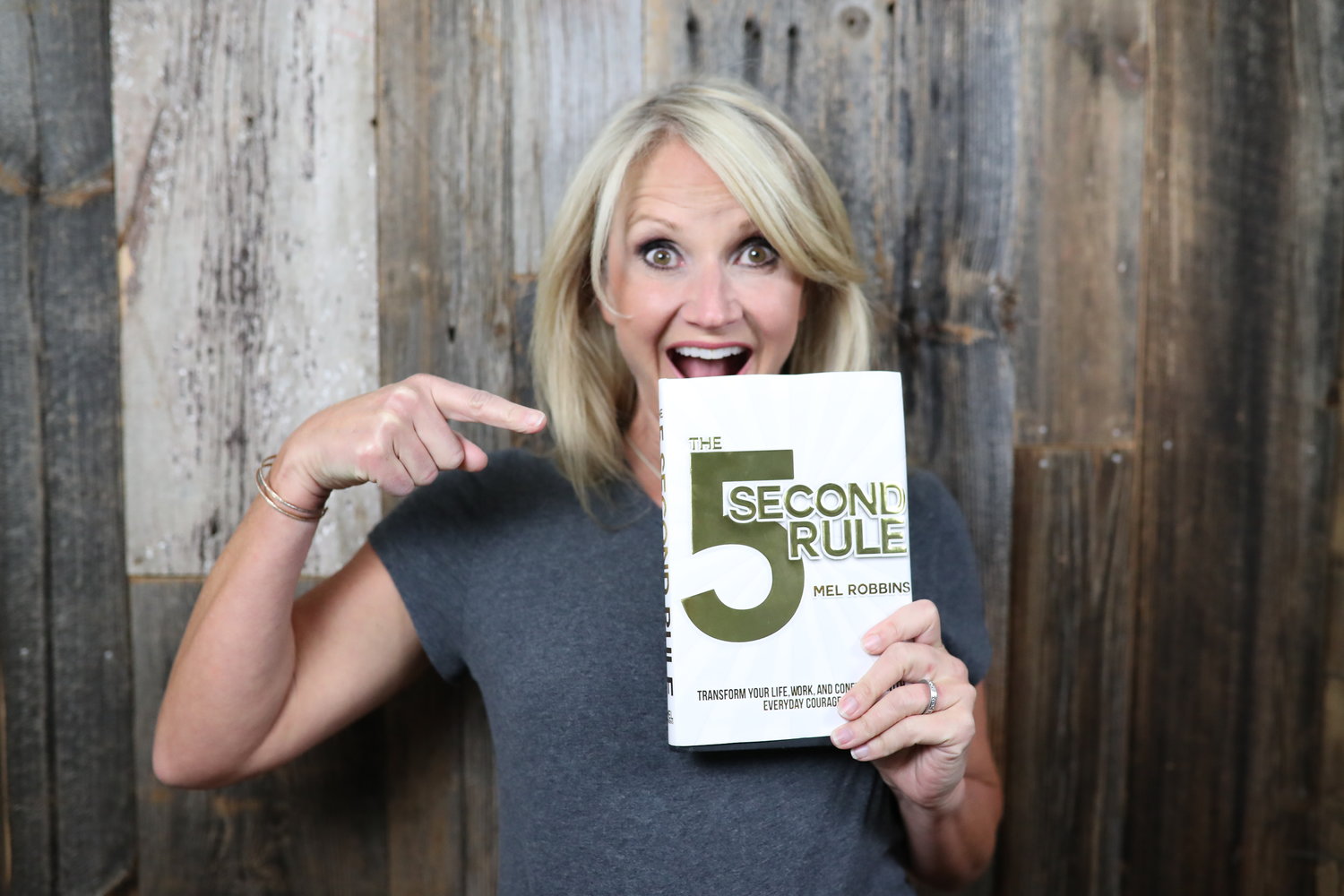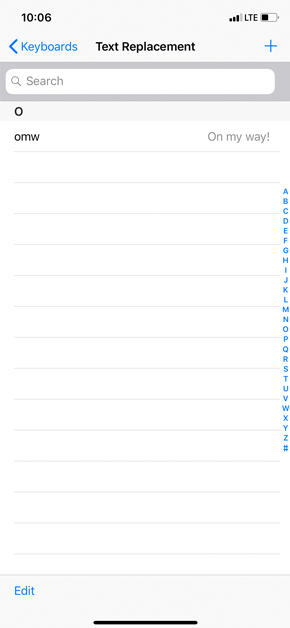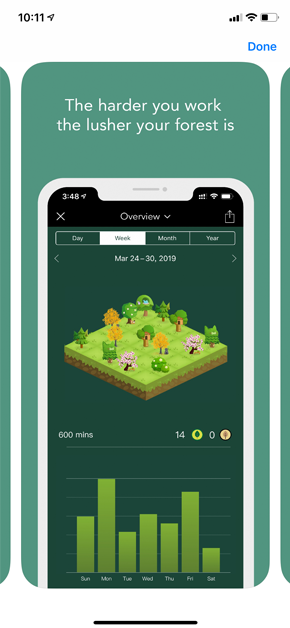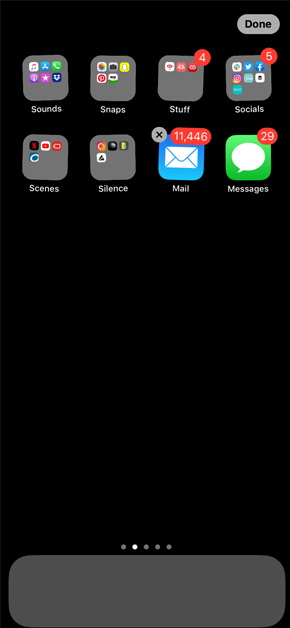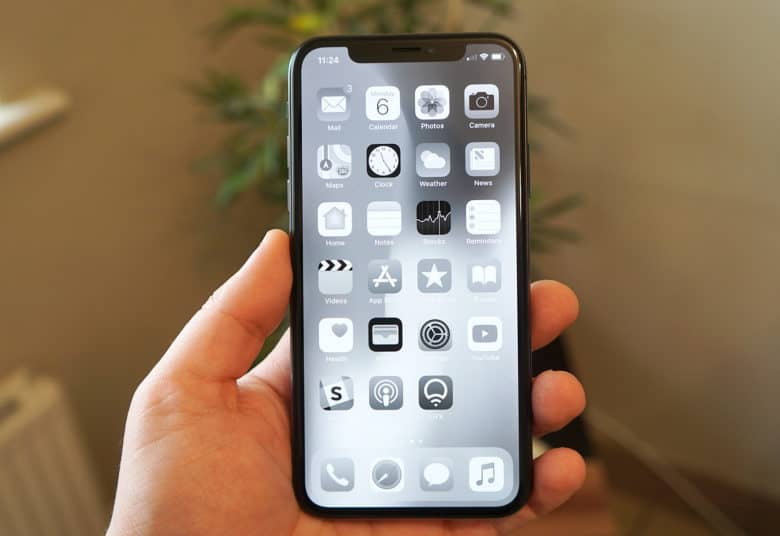Deck the halls with boughs of awesome.
Here are twenty-one awesome things about the holidays. Let's get into it:
Plugging in the Christmas lights from last year and having them all work
Nope, not even a year twisted into a ball of knots in the basement could take the sparkle out of these bright little bulbs. So untie them slowly, hang them quickly, and help get the whole neighborhood shining.
AWESOME!
When the neighbor shovels that little patch of the sidewalk
Sidewalks bring us together.
Fences split yards, lawns divide homes, and invisible property lines are scribbled on dusty blueprints in city archives. But somehow those little strips of concrete tie us all together and connect the dots between our lives.
It’s a beautiful moment when a friendly neighbor shovels the snow off of your walk after a winter snowstorm. Swaddled in snow-packed mitts, sweaty scarves, and salty boots, they’re just lending a helping hand of kindness and some friendly season’s greetings.
AWESOME!
When construction cranes get Christmas lights on them
They’re not selling anything.
Nope, Christmas lights on construction cranes just smile down on the city and cover us all in a warm and festive light. Flickering in the sky, flashing way up high, they hug us all together in a friendly yellow glow.
On top of that, it’s sort of fun thinking about how they got there too. Doesn’t it seem kind of dangerous? It’s like someone risked their lives just putting up lights for the people.
Thanks Spiderman!
AWESOME!
The Holiday Party Save
Do we need all those parties?
Sure, we all love catching up with close friends in Christmas sweaters, but sometimes the office party feels like a meeting with veggie trays, and clinking drinks with second cousins gets old. Face it—there are times when you need to be saved, my friends. Yes, the Holiday Party Save happens anytime a friend yanks you from a bad holiday party conversation by pulling off a thrilling and daring rescue mission.
Here’s how it all goes down:
Step 1: The Plan. Say tonight you’re heading to your uncle’s annual Christmas party with your new boyfriend. As you both walk into Stranger Conversation Territory, it’s important to make that deal up front: You save them, they save you. Don’t forget to shake.
Step 2: The Signal. You’re trapped! When you find yourself listening to neverending vacation stories, getting detailed stock-picking advice, or hearing about someone’s thesis, it’s time to get out. Signal your friend with an eager Smile ’n’ Raised Eyebrows glance, casual Nodding Head-Tilt beckon, or if absolutely necessary, a booming bloodcurdling “Get over here!” scream, like Scorpion in Mortal Kombat.
Step 3: The Save. Here’s the tricky part. Your friend comes over and has two options. First, they can play False Emergency and drag you away while apologizing to the chatty strangers. This is risky because it could look forced and you’ll need to disappear rather than just talk to someone else. Instead, they can try The Natural, which is where they drop a nice, normal transition into the conversation. “Should we go grab some food?” “Linda just got here, let’s say hi,” or “Where’s the bathroom?” usually work well.
Remember: When you’re stuck, when you’re stranded, when all you see is gloom, just yell for your brothers and sisters and let them pull you across the room.
AWESOME!
When that kid crying at the mall isn’t your kid
There’s nothing like a good old-fashioned holiday hissy fit in an elbow-to-elbow packed mall to help soothe your fraying nerves.
Whether it’s the snotty-nosed toddler wailing on Santa’s lap, the sweaty snowsuit screamer on the floor of the toys section, or your everyday baby bawler yelling to the food court heavens, it doesn’t matter.
It’s just a migraine moment in the middle of mall mayhem.
And whether you’re taking care of your baby brother, babysitting the neighbors, or wheeling around your own mutant offspring, we’ve all been there. We all know the stress, we see the staring eyes, we all know the pain, and . . . we do sympathize.
But it’s still great when that kid crying in the mall just isn’t your kid.
Hark! The herald angels sing.
Glory to the kid free king.
AWESOME!
Pulling out that old box of Christmas ornaments from when you were a kid
Let’s go back.
Crack open that musty cardboard box from the basement storage space and get ready to brainwarp back to the big eyes and bright lights of your youth. Yes, yank out that twisted clump of yarn, ceramics, and construction paper and get ready for a sweet stroll down memory lane. Hopefully your old box features some of these classics:
1. A chipped ceramic you painted in elementary school. Maybe it’s the shiny Santa Claus that you doused in too much lacquer back in third grade. The brush strokes make his beard look gray, and one of his eyeballs has a blue smear that makes him cross-eyed. But his smile still holds and that little ribbon you knotted through his hat is perfect for hanging him back up on the tree.
2. Homemade ornaments featuring some combination of construction paper, popcorn, and glitter. When you were young you cleared off the kitchen table and set up a home workshop where you stitched popcorn, glued sparkles, and taped up little rolls of construction paper. And even though the reds have faded to orange and the glitter has cracked away, there’s something beautiful about pulling out those squashed rings, baby handprints, or crayon drawings and letting your brain slip back to simpler days.
3. The hundred-year-old hand-me-down. You’re lucky if you have one of these wood-carved gems bouncing around the bottom of the box. Someone’s Great-grandpa whittled a toy train engine or rosy-cheeked soldier from some softwood and delicately painted it to perfection. Maybe the tree it’s carved from is two or three hundred years old and fell from the woods of a distant forest. High fives if you agree this beats the neon plastic from the dollar store any day.
Yes, when you pull out that box of Christmas ornaments from when you were a kid, it’s like taking a magical mystery tour back to your childhood. It’s a brief headtrip out of your serious grown-up body into the Freaky Friday fun times of yesterday.
AWESOME!
When strangers wish you happy holidays
Holidays are stressful. Gift shopping, mall hopping, money dropping, and through it all you’re planning in-law sleepovers, giant family dinners, and complicated travel plans.
It’s nice in these roaring revved-up moments when a complete stranger catches your eye and wishes you a heartfelt happy holidays.
Whether it’s the cashier at the grocery store, the receptionist at your gym, or the lady getting a perm beside you at the salon, it’s nice scoring that warm little season’s greetings to remind us we’re all chasing the same ol’ thing.
That’s right: Love, big hugs, family time, and cozy company right when we need it most.
AWESOME!
That moment near the holidays when there’s suddenly cookies, chocolate, and candy everywhere
Let’s get fat together.
Roll those rum balls, sprinkle sparkles on the shortbread, and dump the bulk bag of candy canes in the crystal dish by the secretary’s desk.
AWESOME!
Flipping channels and stumbling on that one Christmas special you loved as a kid
It’s a wonderful life.
When you’re bunkering in the basement to get away from the holiday madness upstairs, it’s always nice when the channel flipping pops you onto your favorite old flashback.
Which classic gem burrows into your heart?
1. That Rudolph stop-motion special. Sam the Snowman (no relation to Frosty) narrates this epic tale of outcasts Rudolph and Hermey the Elf as they stumble through the North Pole meeting Yukon Cornelius and the Abominable Snowman before taking refuge on the Island of Misfit Toys. Never forget the moral of the story: Follow your heart and become a dentist.
2. A Charlie Brown Christmas. Like most Charlie Brown cartoons, this one features monotone voices, confusing plots, and dry humor. Thankfully, jazzy piano music and dancing kids make it all come together.
3. Any non-Christmas movie that takes place during Christmas. Sure, Bruce Willis crawling around office ducts in Die Hard might not seem festive, but listen closely to the background music and you’ll hear some Christmas tunes. Let’s throw in Lethal Weapon, Gremlins, and Batman Returns, too.
4. How The Grinch Stole Christmas. All the Whos living in Whoville have a serious problem in that there’s a freakish monster living in the cliffs above their romantic mountain town — dramatically reducing property values by the day. If you don’t love the big rhyming sing-a-long finish to this one, your heart is officially three sizes too small.
5. Frosty the Snowman. Poor Frosty just doesn’t have the personality of Sam from the Rudolph special. And since they always air this one with Rudolph, the inferiority of Frosty jumps out even more. Honestly, if Frosty is your favorite old Christmas special, then I feel sorry for you. You had a rough childhood.
6. Whatever special is on the same time as Frosty on the other channel. A Garfield Christmas, John Denver and the Muppets, or Will Vinton’s Claymation Christmas automatically win.
Finding your favorite holiday special from when you were a kid is like uncovering a hidden stash of buried treasure at the bottom of the sea. It doesn’t matter if you’ve seen it a hundred times, have it on your computer, or own the DVD, either. There’s just something sweet about feeling like it was waiting there at this very moment … and feeling like the stars all aligned to give you a brief little dose of
AWESOME!
The Super Present Power Shop
You’re running late.
When it’s almost Christmas and there’s nothing under the tree it’s time to furrow your brows, steady your glare, and clench those fists for a big Super Present Power Shop.
Yes, this is where you bust into the mall in a sweatshirt-and-running shoes tornado and spin around at high speeds until successfully finding something for everyone on your list.
Black Friday’s long gone, online delivery windows are closed, and now it’s crunch time. Here are some tips to pulling it off:
Good parkin’ is good startin’. Circling the frozen tundra in lot WW is a fool’s game. No, you need to find the secret YMCA entrance, get a drop off and pick up, or arrive ten minutes before doors open to score a front spot. Don’t forget The PLPT.
Skip the coat, grab the kicks. Leave your winter jacket in the trunk and sprint across the icy lot to the front door because thirty seconds of frozen lungs is worth avoiding three hours of overheating. Plus, those running shoes will help you run and dive for the last Baby Farts-A-Lot in the toy store.
Plug in. Stuff some headphones in your ears and rock out to 2Unlimited or Technotronic to stay motivated. Remember: Nothing slows you down more than hearing Santa Baby for the third time in an hour so pump up the jam and let’s move this.
Couples for couples. If you have couples on your list just divide the number of gifts by two. Beer mug for him, wine glasses for her? No, martini shaker for both. You get the idea.
Close your list, open your mind. Focus is important so jot down your names and ideas before hitting the stores. Just make sure to leave your mind open for things to jump off the shelves. Breath mints, People magazines, and IKEA golf pencils all make lovely stocking stuffers.
Bag a Monster. It’s important to ask the first store you visit for the largest bags they have. They should go fishing for a couple minutes and pull out the king-sized ones normally reserved for toaster ovens and dehumidifiers. Use those monster to eat everything else you buy all day.







